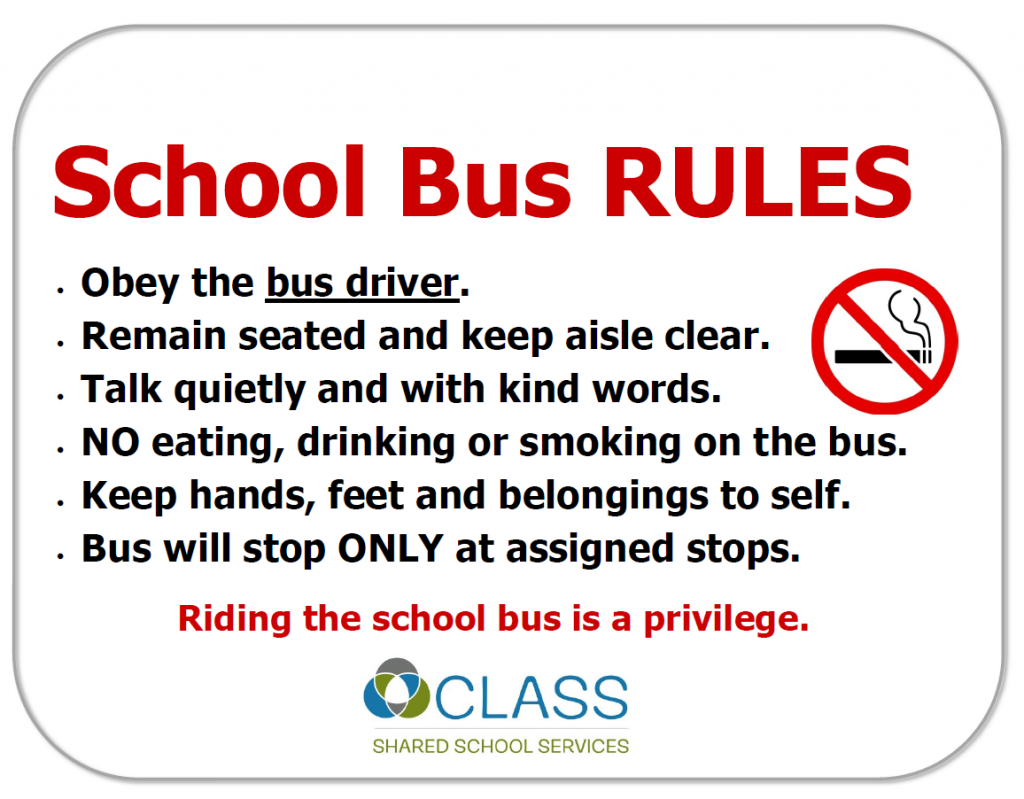

The Maryland Department of Information Technology (“DoIT”) offers translations of the content through Google Translate. 107)īus operators may be interested in the following chapter and sections of the Bus Stop Design Guide: Appendix D: Facilities Engineering Standard Details for Bus Stops (pg.Appendix C: Bus Stop Sign Designs (pg.Summary Table – Preferred Stop Configurations (pg.Modifications During Construction (pg.Transportation planners, civil engineers, real estate developers, and local government staff may be interested in the following chapters and sections of the Bus Stop Design Guide:

92)Įlected officials, neighborhood associations, and transportation advocates may be interested in the following chapters and sections of the Bus Stop Design Guide:
#School bus rules and regulations in maryland download
As stated in the Transit Street Design Guide, “reliable public transportation depends on a commitment to transit at every level of design.” Using the guidance provided in this document, MDOT MTA will work toward the continued improvement of MDOT MTA bus stops.Ĭlick here to download the complete guide. The Bus Stop Design Guide incorporates best practices from numerous guides from across the United States and around the world, but substantially draws from the Transit Street Design Guide by the National Association of City Transportation Officials (NACTO). Like previous MDOT MTA design guides, this document focuses on the bus network, but also recognizes the connections between bus and rail modes in the MDOT MTA integrated transit network. Since the publishing of these guides, new government regulations have been introduced, national interest in public transit has increased, and practices that prioritize transit in transportation networks have proliferated across the United States. Previous MDOT MTA design guides have included Access by Design: Transit’s Role in Land Development in 1988, Maryland Transit Guidelines in 2002, and Bus Stop Guidelines in 2006. The design and location of bus stops must be consistent with state and federal laws, regulations, and industry best practices. The guide is intended to serve as an internal resource for MDOT MTA, provide guidance to local governments and developers for best integrating MDOT MTA bus stops into their plans, and educate passengers, elected officials, and the public about the planning and design of bus stops. The Maryland Department of Transportation Maryland Transit Administration (MDOT MTA) Bus Stop Design Guide provides guidance for the design of bus stops.


 0 kommentar(er)
0 kommentar(er)
